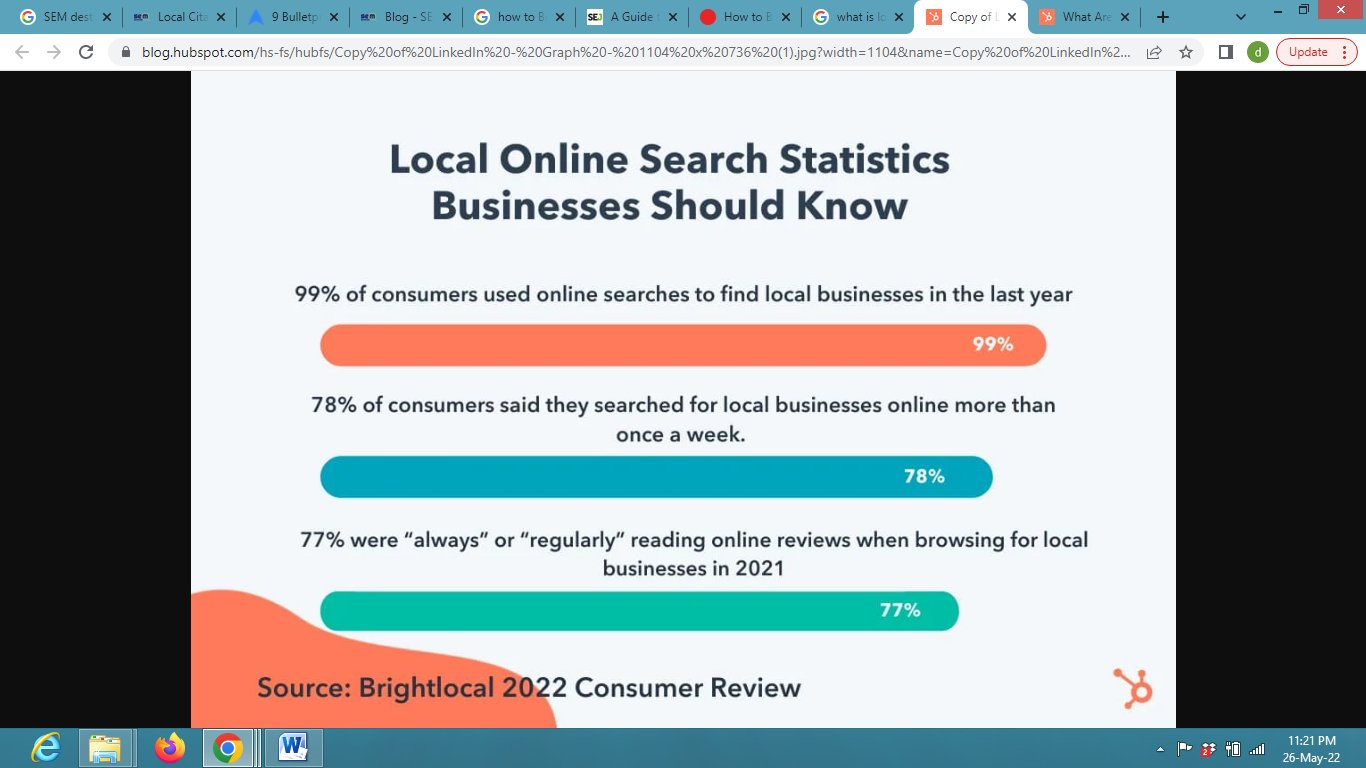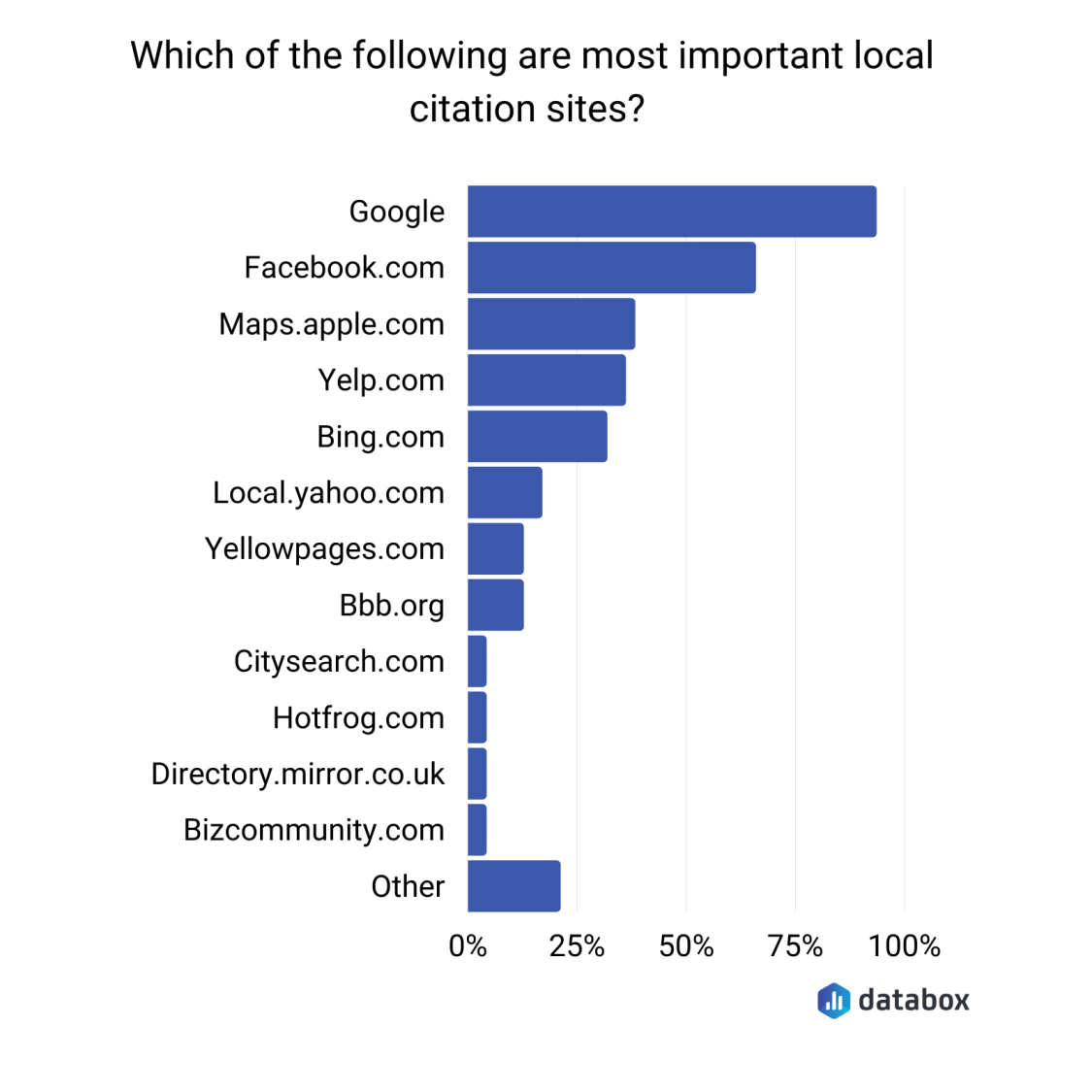
Citations can play a crucial role in the success of your local SEO strategy. The more you list your business details on different sites, the better chances you have of achieving higher rankings on SERPs. It is an excellent way to improve brand awareness, increase traffic, and build links.

Image Source: https://blog.hubspot.com/marketing/local-citations
A recent consumer review revealed that 99% of consumers were using online searches to look for local businesses. Also, 78% of consumers in that survey were found to be searching for local businesses online more than once a week. Thus, you have to create local citations and be more visible to attract potential customers.
However, before building local citations, you should have the right strategy in place to maximize their benefits. Take a look at these simple steps that will help you build a strong local presence:
1. Use Data Aggregators
NAP refers to the ‘Name, Address, Phone’ of your business and it is the ideal place to start improving your local citations. Many business owners don’t find the time to submit this crucial information to thousands of sites. However, there is an easy way to do it. You can make use of data aggregators. These companies will collect all information on your behalf, including your business NAPs, and place them on all these websites.
The four most prominent data aggregators are Foursquare, Localeze, Factual, and Infogroup. If you want to boost your citations for local SEO, look for your brand on these sites to ensure they have your information. You can claim your business on these portals once you spot your business. However, if it is not available or there are any duplicates, you should submit all the correct NAP to the website.
2. Submit Your NAP to Core Sites

Image Source: https://databox.com/citations-building-guide
In the next step, you need to make sure that your citations are available on core sites such as Google, Facebook, Apple Maps, and Yelp. If your NAP is placed on search engines like Google, it will improve your local SEO as they use this information to determine geo-targeted searches. So, you should visit these sites and see if your business is featured in the directories.
3. Submit Your Details to Industry-Specific and Local Websites
Once you are finished with core websites, you should focus on submitting your NAP to directories that are specific to your kind of business. For instance, if you have a real estate firm, you should be featured on realtor.com. Similarly, if you own a hotel, your information should be available on websites like TripAdvisor.
4. Create Unstructured Local Citations
Unstructured citations for your local SEO can be built in the form of blog posts, threads, reviews, and articles about your business. An unstructured citation is slightly more difficult to build than a structured citation because you will have to find someone to write about your business.
One easier way to go about it is to find supplier pages on Google. You will find several businesses that have supplier pages with links to the companies or even companies that supply them. You can build a list of suppliers and then check if they mention the details of your business on their website.
Building local citations can improve your digital presence, boost search engine rankings, and increase the potential for consumer discovery. So, you should make efforts to submit your correct NAP and other details across all platforms.


